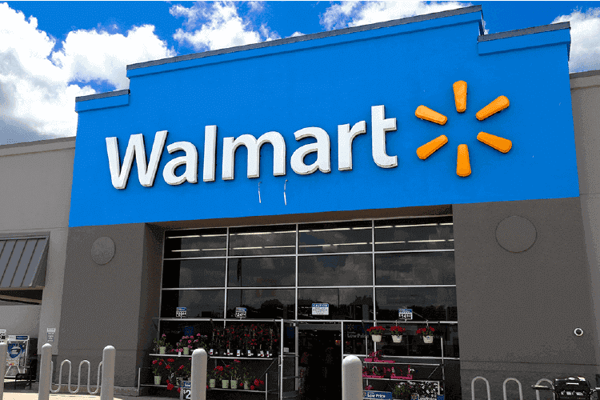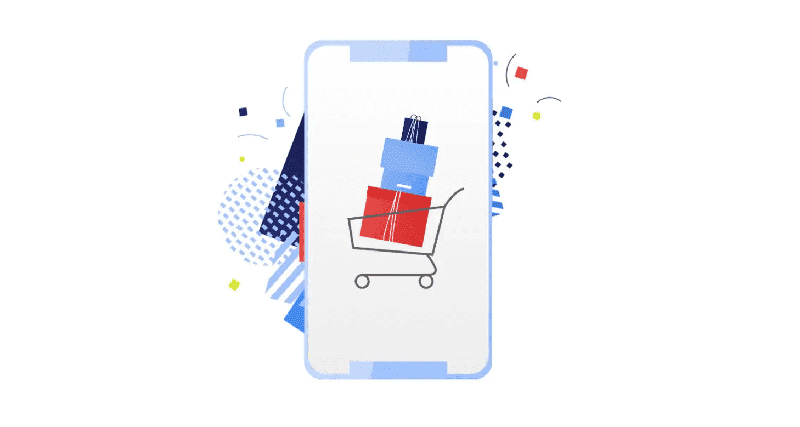
One sales philosophy says that selling is initially the exchange of information between a seller and a buyer.
But what if the amount of information is endless, the number of products is humongous, and the volume of simultaneous conversations about them is beyond comprehension?
This is the business reality for large e-commerce retailers, like Walmart and IKEA, which sell thousands of Stock Keeping Units (SKUs) with multiple pieces of product information (product description, product attributes, product photos, etc.) for each of them.
So how did they manage their enormous catalog of product content, and leverage them to appeal to their customers?
In this article, we describe strategies that large retail companies have adopted to manage product information for such cornucopias of items, and thus reduce their time-to-market, optimize their supply chains, increase customer engagement, and drive online sales.
How Walmart set high standards for product information

SKU Amount: 46,000,000
Walmart, a gigantic retail corporation, is known for being extremely meticulous about product content.
Because they are continuously looking for improvements to the shopping experience, it has spelled out its requirements of product suppliers in its highly specific Content Spec 2.0 document.
The company-wide initiative, called the Product Content Collection System, gives Walmart access to suppliers’ entire product catalogs, including lists of attributes, whether or not the item is in fact sold via Walmart.
They request this information from all suppliers, current and prospective. The philosophy behind such strict requirements is Walmart’s dedication to absolute customer centricity.
The better the product information is given to a customer, the happier they are and the more likely they will make a sale.
Since today’s connected consumers are more likely to comparison shop, the lack of consistent and credible information often leads to a frustrating and perhaps more lengthy shopping experience than desired. This is why Walmart has implemented a pilot program called the Product Content Collection System (PCCS) that will facilitate the supplier sending their catalog directly to Walmart.
Ram Rampalli, Global Head of Content Acquisition at Walmart
How IKEA centralized their product information

SKU Amount: 300,000
IKEA manages its product content through a central IT system called Product Information Assistance (PIA).
A PIA solution is a reference for the administration of both product information and product documentation, which can easily be extracted and shared internally and externally. For IKEA, PIA has become a key source for all product-related content.
“As companies face the growing complexity of products, many are dealing with an environment that is increasingly disconnected.”
Greg Cline,Research analyst at Aberdeen Group
PIA successfully copes with product intricacy, which is further complicated by the fact that many IKEA products which are already on offer are still being improved.
The databases behind PIA’s interface are connected both internally, creating a centerpiece for information, and externally, to other databases owned by IKEA and other stakeholders.
How Zara standardized their product information

SKU Amount: 50,000
For Zara, part of Inditex, the world’s largest fashion group, a streamlined supply chain is both the cause and expected effect of actions taken by the company.
Being extremely efficient in delivering products to the market forced Zara to investigate how product content is created and managed.
That’s why Zara warehouses have standardized product content by creating general conventions for defining products.
The No. 1 feature online shoppers want from a website is product information (85%)
Forrester
With such a vast number of SKUs, Zara handles literally thousands of product attributes and specifications, from fabric information to trim details.
How Sephora implemented an omnichannel strategy

SKU Amount: 9,000 per store
Sephora, a brick-and-mortar makeup leader, has transitioned into the digital realm exceptionally well.
It has managed to combine multiple sales and marketing channels into one consistent product story, whether told on a website, via a mobile app, or on in-store display technologies.
After implementing its omni-retail strategy, Sephora has doubled its online sales in the last two years.
Although implementing an omnichannel strategy has already changed from being a buzzword to a business task, the full omnichannel experience is not yet sufficiently developed for most shoppers and only a few do it right nowadays.
For reasons of legacy attempts and constraints of imagination, it still baffles the big guys who persist in claiming that not charging me to pick up my goods ordered online is a breakthrough for physical retail.
Kate Newlin at Kate Newlin Consulting
According to a study of customer expectations by SPS Commerce, the main obstacles lying in the way of an omnichannel strategy are:
- legacy systems — cannot integrate or communicate with new software,
- resistance to change — teams may not want to change the way things are working or are against taking up new responsibilities
- budget issues — a lack of capital prevents the implementation of an omnichannel strategy
- other priorities — management might have other marketing or sales goals that they want to focus on
“High-quality product data plays a key role in this omnichannel world. It helps us identify the right selection to offer, set the best price and improve the overall customer experience.”
Ram Rampalli, Global Head of Content Acquisition at Walmart
Bohus translates product information into a language that customers understand

SKU Amount: 6,100
Bohus is Norway's largest furniture retailer, with 60 shops across the country, over 6000 products for sale on the website, and more items available for order in-store.
When transforming the business to become more digital, it became clear that the product data at hand was written in a language suitable for the personnel in their stores, not the average consumer. So a big share of their work with product data was translating the different furniture terminology into a common language.
In addition, it was important for Bohus to sell the story behind the furniture – why it was designed, what the thoughts of its designer were, or the reasons why this particular piece of furniture has been a bestseller for several years.
“When ordering online, although the customers cannot actually touch and feel the product, they should get an equal understanding of how it works, all its measurements and maintenance, similarly to what they would get while talking to a sales person in-store”.
Stian Bentzen, Head of Ecommerce at Bohus
Summary: how can you manage your product content?
Large retail businesses cannot use either their endpoint commerce platforms or content management systems as a space for managing product content. They are used to publish product content, but they are not made to enrich them.
Sooner or later, the teams that handle the product content will realize they need a standalone system for product information, one that is capable of managing digital assets, editing, syncing, and publishing product content to external sales and marketing channels.
Although the systems used by the four companies mentioned above differ in their names, complexity, data governance, and data modeling, they are all designed to do the same task —to absorb raw product information and to process and present it in a meaningful and consistent way, to the marketing and sales platforms where this information is needed.
Whether this is a product content system, product information assistance, or Product Information Management software, a system of choice must be put in place to facilitate a successful omnichannel sales strategy.

DOWNLOAD FREE E-BOOK
The no. 1 feature that drives purchases is product content
Check if you need a PIM system to manage your product content effectively.
Learn how you can sell better and faster with Product Information Management
- What is a PIM: Introduction to Product Information Management
- Drive Online Sales with Product Information: The Ultimate Guide
- How to Create Product Attributes That Sell
- 5 Examples of Great Storytelling Tactics for Boring Products
Interested to learn more about how you can easily manage your product content? Contact us for a free consultation, and learn how Bluestone PIM can make the management of up to 2 million SKUs a breeze!
Tags
PIM Best Practices Bluestone PIM Bohus Sephora streamline Zara product content IKEA supply chain WalmartYou might also like

eCommerce Seasonality Tips Yule Love

Unpuzzling PIM: 21 Terms You Should Know



